Most Common Breeding Birds in Pennsylvania
By Bobby Brown
The following are the 15 most numerous breeding birds in Pennsylvania according to the Second Atlas of Breeding Birds in Pennsylvania, which is the most recent comprehensive breeding bird survey in the state, with a coverage window of 2004-2009. Although population numbers can be somewhat fluid over the course of a decade, all of these species are still common.
The atlas is a wealth of information, and you can find more info about it at http://www.pabirdatlas.psu.edu/.
You can view the range map for any of these species for the first or second atlas at http://www.pabirdatlas.psu.edu/map/species_maps.
All of the species in the top 15 had adult population estimates of over 1,000,000 birds nesting in Pennsylvania.
15. Black-capped Chickadee
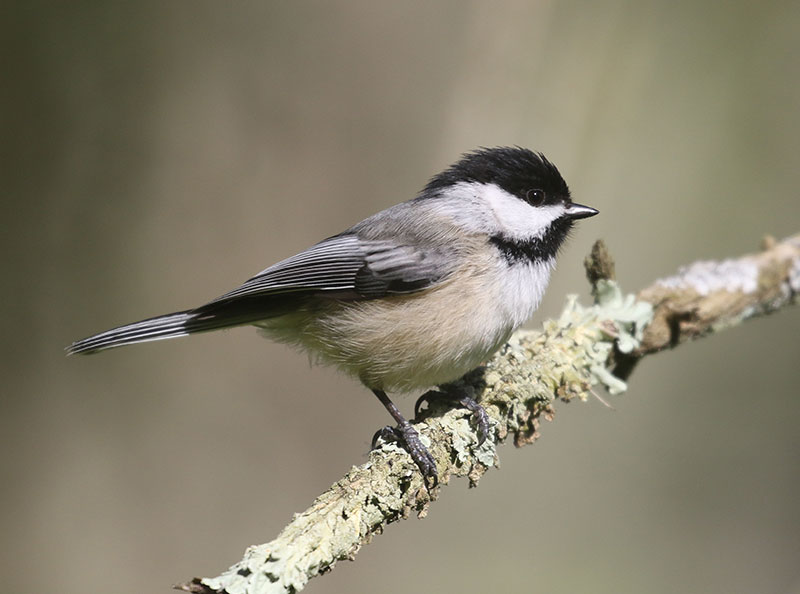
This familiar feeder visitor and year-round Pennsylvania resident had been on a long-term trend of population increase, but in the past few years, populations may have been negatively affected by West Nile Virus, along with many other species. It’s quite possible that this species will drop out of the top 15 in the next atlas. Another trend is the contraction of the southern edge of the breeding range, where this species gets replaced by (and hybridizes with) Carolina Chickadee, which remains less abundant in the state overall.
Regardless of the possible trends, Black-capped Chickadee is still pretty common in the northern half of the state.
14. Tufted Titmouse
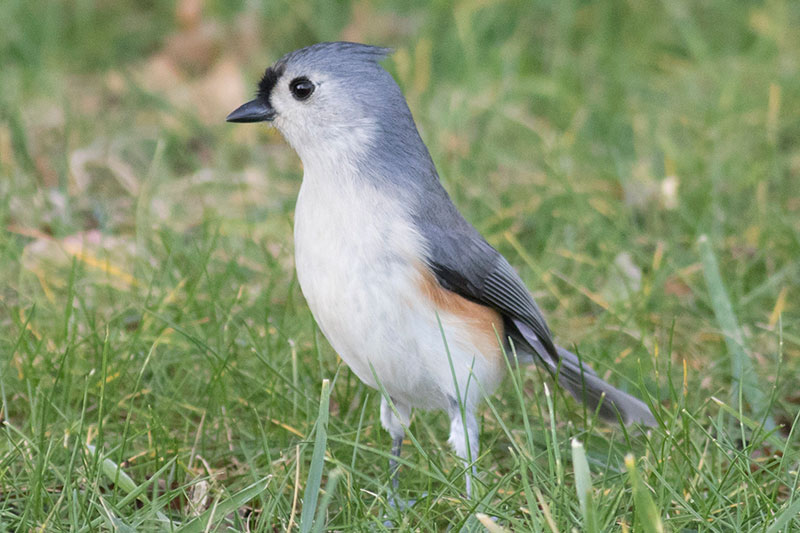
Another common feeder bird and year-round resident, this species has been on a long-term population increase over the past century, during which time its range expanded to become ubiquitous throughout Pennsylvania. Like Black-capped Chickadee, this species faces similar concerns with West Nile Virus, but will likely be able to bounce back from any population declines associated with that.
13. House Wren
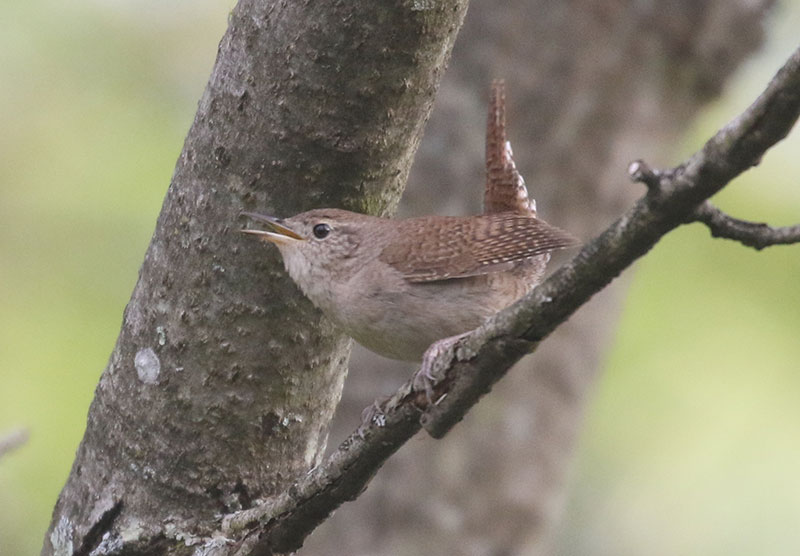
This is the first species on the countdown so far that does not winter in Pennsylvania. This species has been on a slightly decreasing population trend over the past several decades as habitats shift towards more forest. However, House Wrens typically do quite well in residential areas and generally fragmented forest areas, so their population levels are likely to be of little concern — as that type of habitat is likely to remain abundant.
12. European Starling
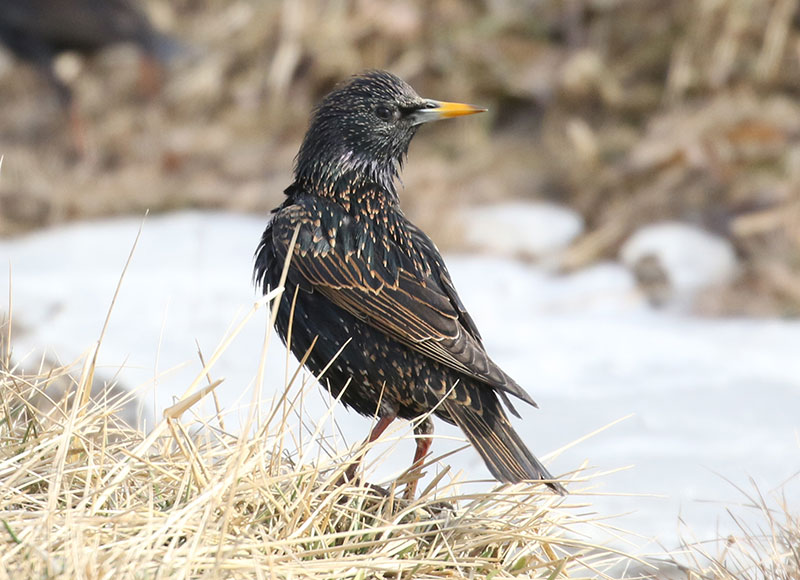
The first (and, fortunately, only) non-native/introduced species on the list. Despite long-term declines in population, the species is still extremely ubiquitous in Pennsylvania, especially around humans.
11. Red-winged Blackbird
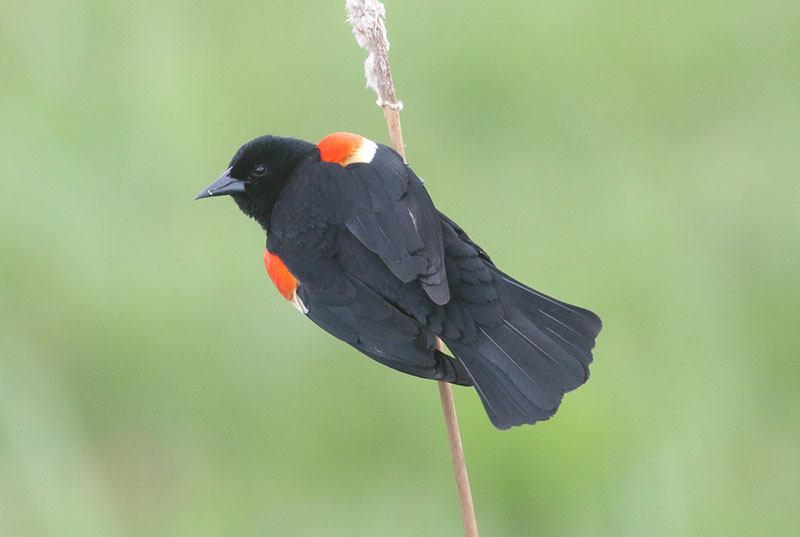
Probably not surprising anyone with its presence on this list, this often-conspicuous species makes itself at home in a wide variety of habitat, particularly farmland and wetlands. This species declined in population during the 1970s and 1980s as farmland habitat was reduced, but has been very stable since then.
10. Common Yellowthroat
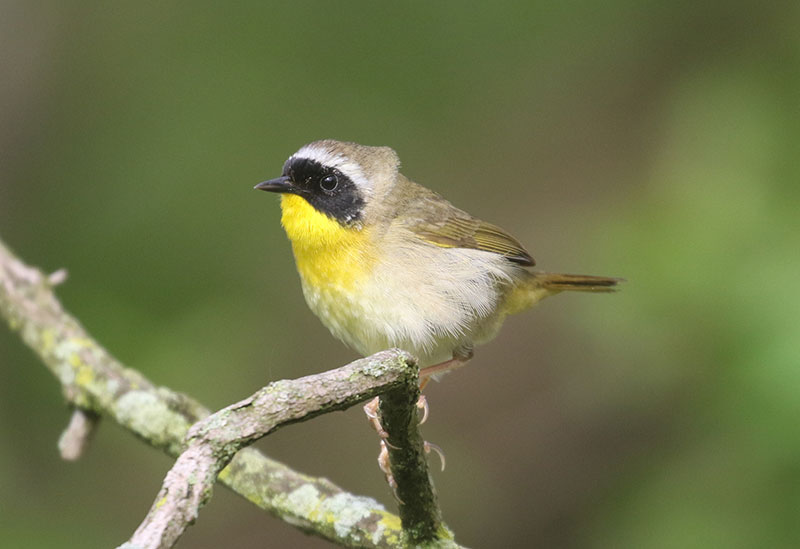
Look for this warbler species in vegetation, particularly near water. The species is widespread, with nearly complete coverage of the state during the summer. There's been a little bit of a population drop off in recent years, but the species is adaptable to a variety of habitat, so there's probably little reason to worry about its status.
9. Northern Cardinal
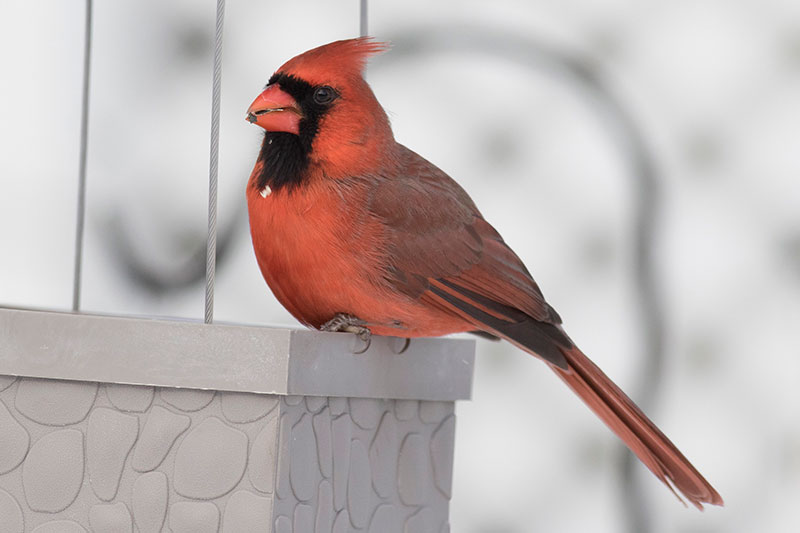
This year-round species is one of the most recognizable birds in North America, and is a frequent visitor to backyard feeders, but also finds itself at home in a variety of other habitats. There aren't really any concerns about the Pennsylvania population of this species, which has shown a long-term trend of consistent growth for many decades.
8. Indigo Bunting
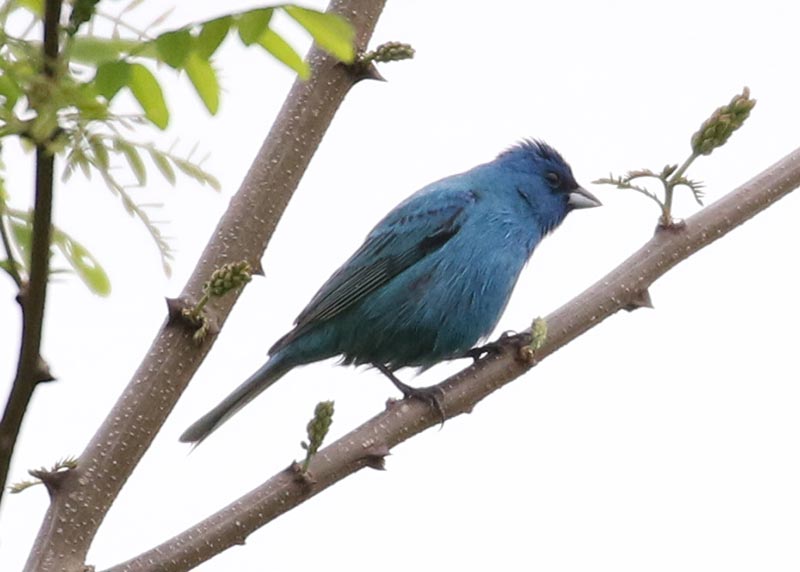
This species has benefited from habitat changes made by humans, as they will use just about any sort of brushy, grassy, or edge habitat. However, the recent population trend has been slightly downward.
7. Mourning Dove
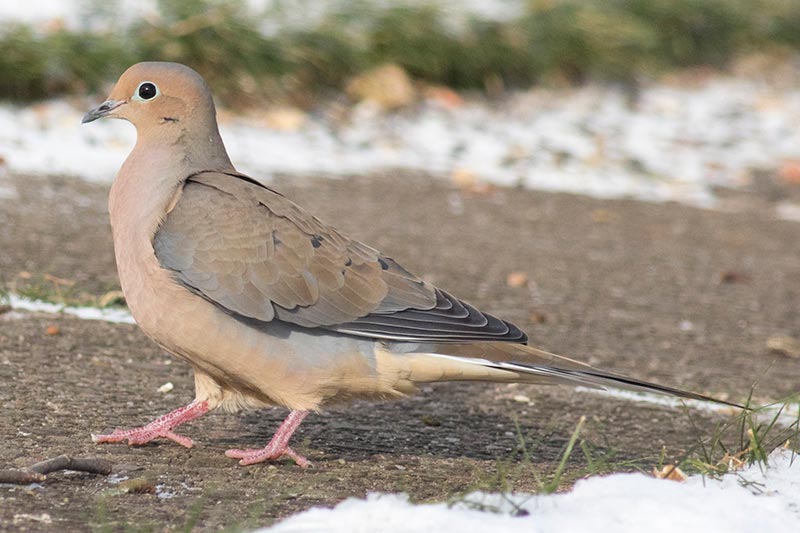
This familiar species does very well in proximity to humans, and is able to live in a wide variety of habitat types. It has seen a long-term trend of population increase in Pennsylvania.
6. Ovenbird

Although this forest-loving species looks like a small thrush, it actually belongs to the warbler family, and, in fact, is the most common breeding warbler in Pennsylvania. The population trend in PA over the past few decades has been generally in the positive direction.
5. Gray Catbird
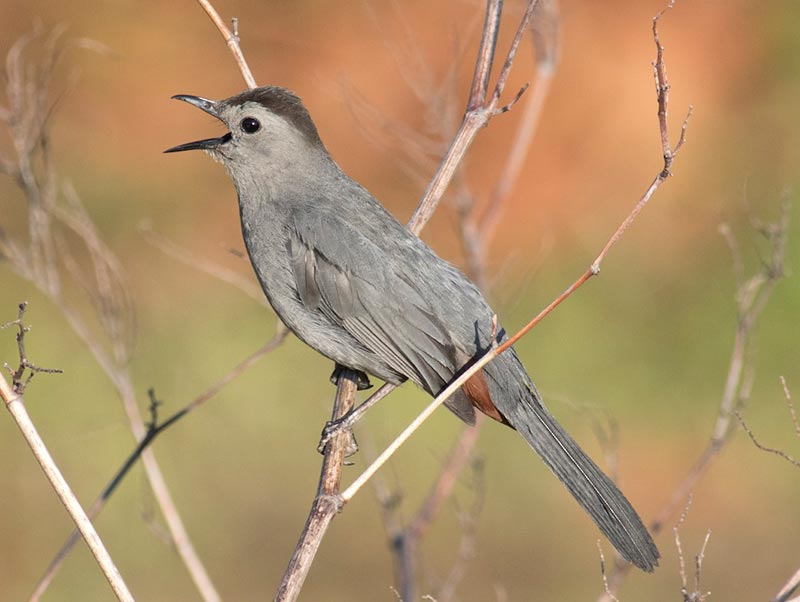
This species is found in any sort of overgrown or brushy habitat, even small patches, making it quite able to thrive in close proximity to humans. The population is stable in Pennsylvania, and perhaps increasing a bit in recent years.
4. American Robin
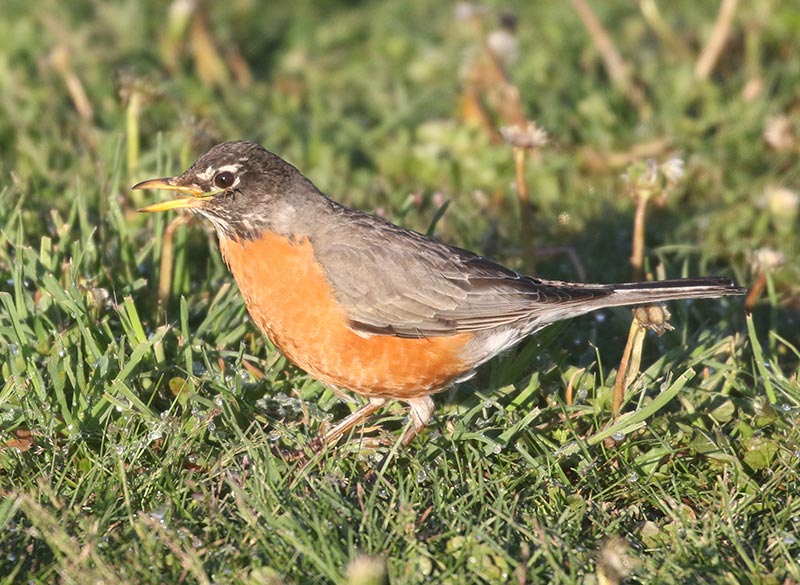
This very recognizable species is ubiquitous in Pennsylvania. It does especially well in proximity to humans. The population is generally stable.
3. Red-eyed Vireo
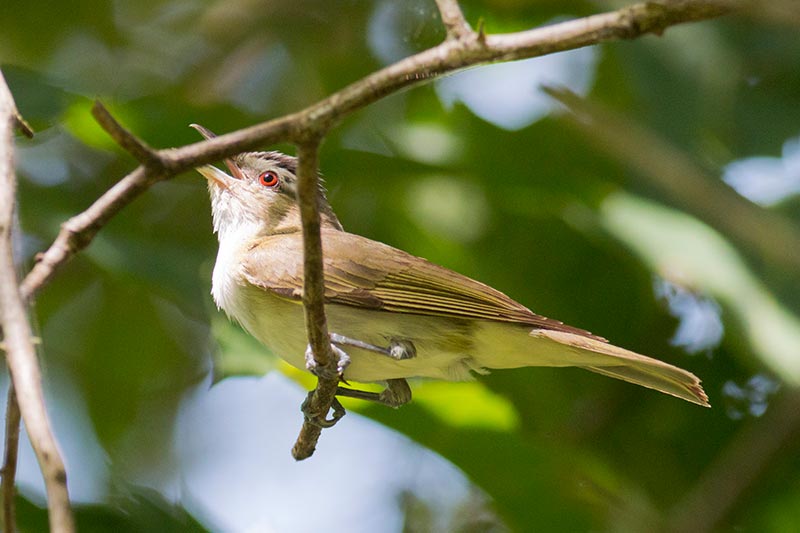
This is one that might surprise casual bird watchers. Most of the general public has never even heard of this species, and it's in the top 3? You can find this species just about anywhere there are wooded areas — even small patches — which is not exactly a difficult habitat type to find in Pennsylvania. The species is notorious for hanging around in the tree tops singing all day long. Learn the song, and you will start hearing them just about anywhere with some trees, although, seeing them can be a bit more difficult. This is the highest bird on the list that has an increasing population.
2. Chipping Sparrow
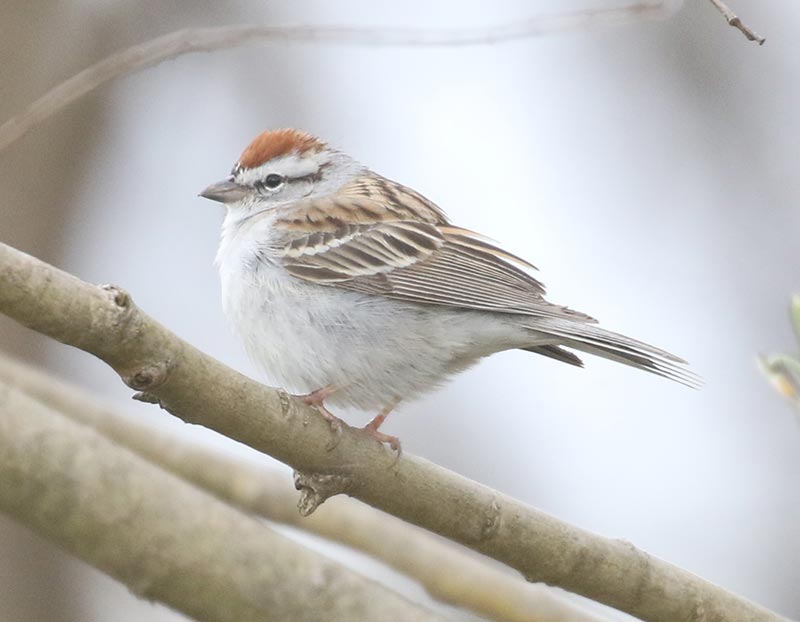
This is a species that is quite common in proximity to humans, and often visits bird feeders. Long-term population trends have been generally downward, but the species is still incredibly abundant.
1. Song Sparrow
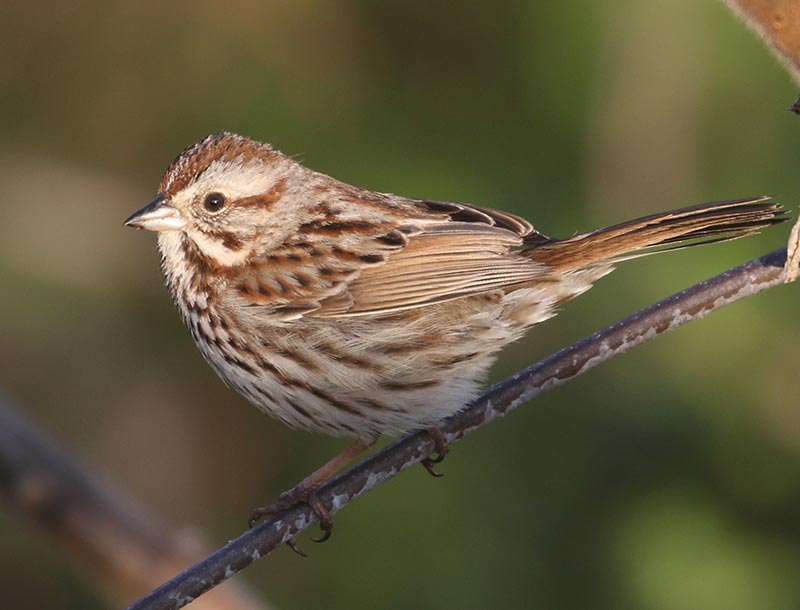
This is a species that can be found year-round just about anywhere in Pennsylvania, and makes use of a variety of habitats. They will often nest at least twice during a breeding season. Like Chipping Sparrow, this species has seen modest declines in population over the past several decades, but remains abundant.
That wraps up the countdown. If you want to track trends of these or any species on a yearly basis outside of atlas periods, you can look at Breeding Bird Survey data on the USGS website. To view the data at the state level, select States/Provinces under Scale in the menu and then select the species and hover over the state. Clicking on the state will provide route-by-route data.
All photos © Bobby Brown or David Brown